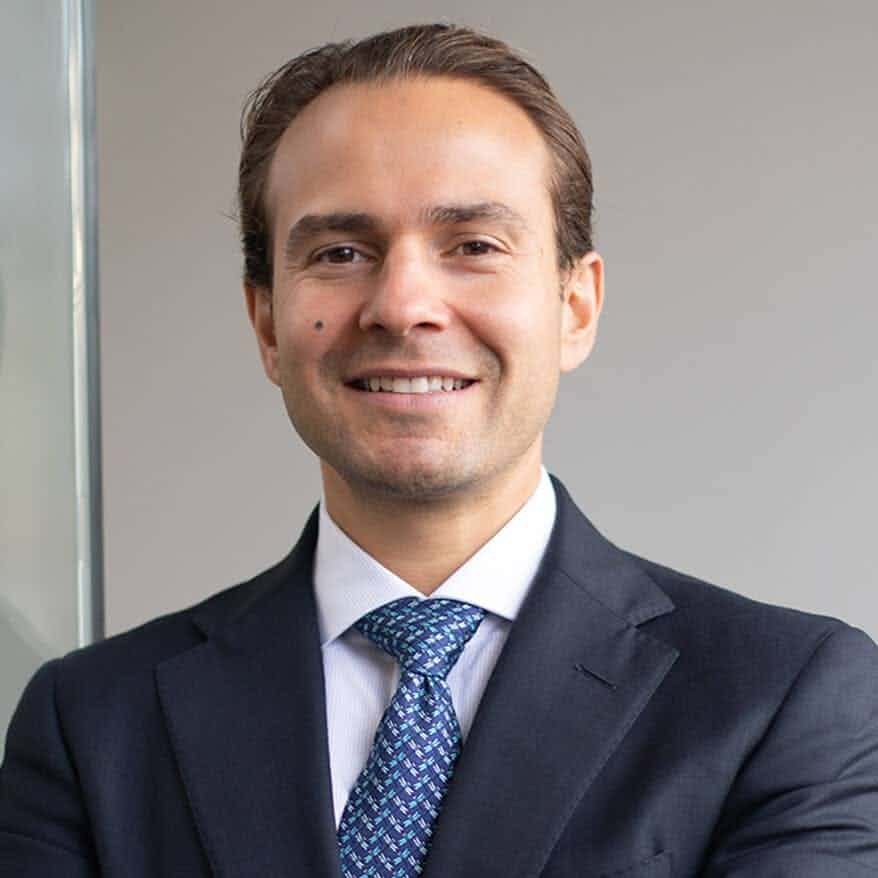This case involves a fifty-two-year-old male patient with a history of progressive left nasal obstruction and foreign body sensation that developed acutely over a few months. The patient underwent several endoscopic procedures to evaluate for possible obstruction. An endonasal excision of a left nasal polyp was conducted and a sample was sent to pathology for evaluation. The patient was not followed for eleven months and, in that time, a 1.9cm x 0.9cm mass went unrecognized and untreated. The mass was finally resected a year after the original presentation, but the pathology reports showed that irregular margins were present and the mass fully invaded surrounding tissue. By the time the mass was identified and resected, the patient had developed metastatic squamous cell carcinoma.
Question(s) For Expert Witness
1. What is the standard of care in diagnosis of this disease from a radiology perspective?
Expert Witness Response E-004661
The criterion standard to evaluate nasal lesions, especially nasal polyposis or sinusitis, is a thin-cut (one to three millimeters) CT scan of the maxillofacial area, the sinuses axially, and the coronal plane. Also, if an intraoperative image-guided system is used, a compatible CT scan should be performed. Plain film radiography has no significant value after polyps are diagnosed. Additionally, performing an MRI in patients with possible intracranial involvement or extension of benign nasal polyps is warranted. CT scan findings and MRI findings can help diagnose the polyp or polyps, define the extent of the lesion in the nasal cavities, sinuses, and beyond, and narrow the differential diagnosis of an unusual polyp or clinical presentation.
About the author
Michael Talve, CEO
Michael Talve stands at the forefront of legal innovation as the CEO and Managing Director of Expert Institute. Under his leadership, the Expert Institute has established itself as a vital player in the legal technology arena, revolutionizing how lawyers connect with world-class experts and access advanced legal technology. Michael's role involves not only steering the company's strategic direction but also ensuring the delivery of unparalleled intelligence and cutting-edge solutions to legal professionals. His work at Expert Institute has been instrumental in enhancing the capabilities of attorneys in case preparation and execution, making a significant impact on the legal industry's approach to expert consultation and technological integration. Michael's vision and execution have positioned the Expert Institute as a key facilitator in the intersection of law and technology.



